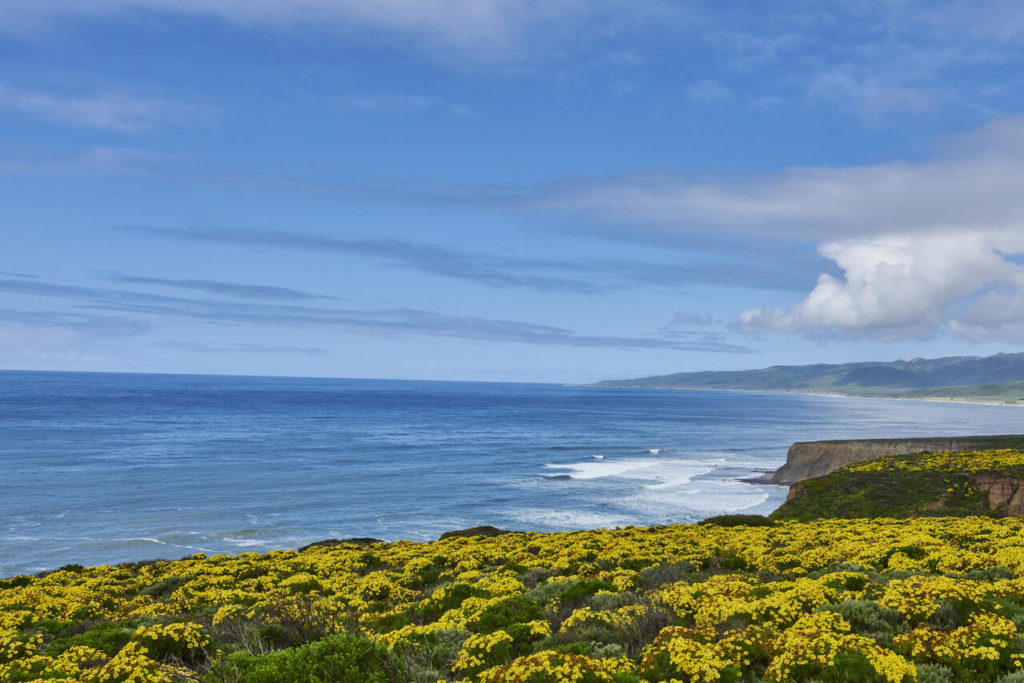Last updated on February 13th, 2024

California has long been a place that set trends. From celebrities to surfing, the nation has long looked West to follow California’s lead. And, of course, California has also been a global leader in attacking climate change.
Driven, in part, by record-breaking floods and fire seasons, the world’s fifth-largest economy has adopted numerous policies to curb emissions. In 2006, California adopted its first economy-wide greenhouse gas reduction goal to reduce emissions to 1990 levels by 2020, which it has achieved. That initial action has been followed by other policies, including setting a low carbon fuel standard, sustainable communities strategies, a renewable energy portfolio, and mobilizing state agencies in the effort to reach a carbon-neutral economy by 2045.
California is also well-known for its greenhouse gas emissions trading program, which places a declining emissions cap on major-emitting facilities and allows these facilities to trade emissions permits and invest in a limited amount of emissions offsets to meet reductions goals.
But what is California’s next climate action milestone? Using California’s world-class nature to help address climate change.
That’s why we just published Nature-based Climate Solutions: A Roadmap to Accelerate Action in California, to highlight key strategies that will help California achieve this outcome.

For California to successfully and effectively integrate nature-based strategies into its goal to be carbon neutral, we need to understand their potential contribution to greenhouse gas reductions across the state. We also need to understand and identify the various policy pathways and incentives, beyond offsets, that could be pursued to support these reductions. The Roadmap shows how we can accomplish just that.
Pulling together the science analyses published by The Nature Conservancy and colleagues, we estimate the statewide greenhouse gas reduction potential of thirteen different nature-based climate strategies, ranging from agricultural management practices, to improved forest management and wetland restoration to fire risk reduction and urban reforestation. We present this in a spatially explicit way that also identifies the opportunities to achieve additional benefits through these actions, including habitat for species, groundwater recharge, and benefits to underserved communities, among others. We then highlight case studies and a policy discussion by region across the state to highlight a number of different policies and incentives that could be scaled up across the state to accelerate nature-based climate strategies.
While we acknowledge that increased funding for nature-based strategies is critical, we make it a point to highlight additional “non-monetary” strategies that are important to accelerate action, including:
- Improvements to permitting processes to restore wetlands and reduce fire risk,
- Land use and conservation policies that could be adjusted to support both avoided emissions from land conversion and reductions in transportation emissions, and
- Public-private partnerships between public agencies and utilities that could fund urban reforestation at larger scale and reduce the tree canopy gap in underserved communities
As discussions regarding how California can reach its carbon neutrality goals continue in the California legislature and Administration, we will continue to use this report to reframe the discussion on the role and importance of nature-based climate solutions, underscore their importance in achieving carbon neutrality, and highlight how we can get there. While the focus of this report is on California, the issues we face here, and their relevance can extend to other jurisdictions in the United States and globally.
Michelle Passero is the Director of California Climate Program for The Nature Conservancy.
